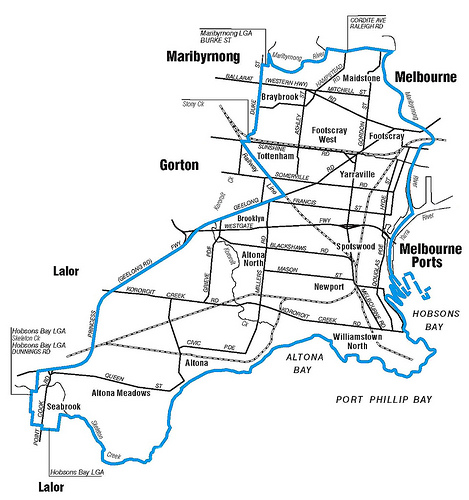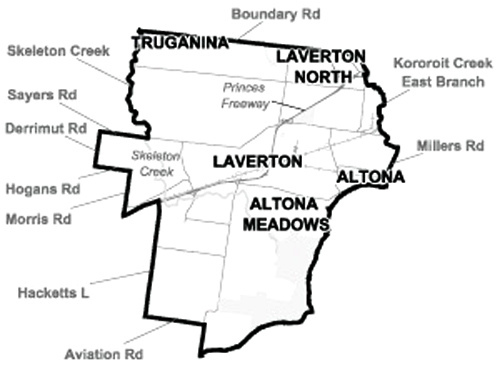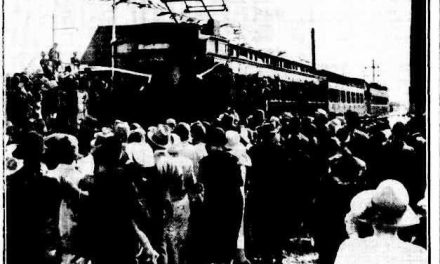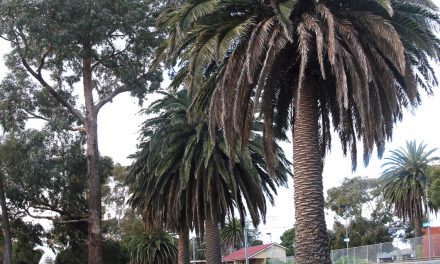Australia has 3 main tiers of government: Federal Government, State (or Territory) Government and Local Government Area (LGA). In general, an urban or suburban LGA is called a City, as in the City of Hobsons Bay and is governed by a City Council. A rural LGA covering a larger area is usually called a Shire, as in the Shire of Melton and is governed by a Shire Council. A LGA may also be called a Municipality, Town, District Council or Region. Historically, the word “Borough” was common for small towns and metropolitan areas in Victoria, but only the Borough of Queenscliffe remains. My understanding is that the Federal or State Government is run by either a single party or a coalition of parties while the situation is different for a LGA, where councillors from different parties or independents work together to administer the Local Council.
Altona is located in the City of Hobsons Bay, the State District of Altona and the Federal Electorate Division of Gellibrand. The electorates’ boundaries are depicted in the maps below.
Table showing the 3 Tiers of Government in Altona
| Tier | Federal | State | LGA |
| Name | Gellibrand Electoral Division | Altona District | Hobsons Bay City Council (7 Wards) |
| Suburbs | Altona, Altona Meadows, Altona North, Braybrook, Brooklyn (part), Footscray, Footscray West, Kingsville, Maidstone, Maribyrnong (part), Newport, Seabrook, Seaholme, South Kingsville, Spotswood, Tottenham, Yarraville, Williamstown
|
Altona, Altona North (part), Altona Meadows, Laverton, Laverton North, Point Cook, Hoppers Crossing (Part) | Altona, Altona Meadows, Altona North, Brooklyn, Laverton, Newport, Seabrook, Seaholme, South Kingsville, Spotswood, Williamstown, Williamstown North |
| Area | 91 sq km | 129 sq km | 64 sq km |
| Population Census 2006 | 138,286 | 68,314 | 81,459 |
| Term | Maximum 3 years | Fixed 4 years | Fixed 4 years |
| Title | Member of Parliament | State Member | Councillor |
| Elected Members | Nicola Roxon (ALP) 1998-present Ralph Willis (ALP) 1972-1998 Hector McIvor (ALP) 1955-1972 John Mullens (ALP) 1949-1955 |
Jill Hennessy (ALP) 2010 Lynne Kosky (ALP) 2002-2010 |
Altona – Tony Briffa (Deputy Mayor) Altona Meadows – Luba Grigorovitch Altona North -Michael Raffoul Seabrook – John Hogg Spotswood – Bill Tehan (Mayor) Williamstown -Angela Altair Williamstown North – Peter Hemphill |
| Next Election | Sat 29 Nov 2014 | Sat 24 Nov 2012 |
I can understand what the local council does but I am often confused by the demarcation of responsibilities between the State District and the Federal Electorate Division. If you have a problem in your suburb, should you approach your ward councillor, the State District Representative or the Federal Member of Parliament? Will there be an overlapping and redundancy of functions and responsibilities, competition or conflict of interest between the 3 tiers of government? Could there exist some problems with this electorate system as we often hear from the media of problems and hostilities between the Federal and State Governments over a range of issues such as hospitals, education, taxation, resources and water.
The difference in boundaries between the 3 tiers of electorate units has made the differentiation of roles and responsibilities more complicated. I suppose the electorate boundaries need to be different at the 3 tiers so as to distribute the population equally among all electorate units at the Federal, State and Local Government level.
The insufficiency of understanding has prompted me to do some research, which I will present below for those who may be interested.
Australia’s Federal government makes decisions about issues that affect all Australians. Federal elections are conducted by the Australian Electoral Commission. The Federal Parliament consists of 2 chambers. The House of Representatives has 150 members, elected from 150 proportionally-represented divisions/electorates/seats through a preferential voting system. The members can serve a term of maximum 3 years. The Senate has 76 members, elected from 12-seat state constituencies and 2-seat territorial constituencies. The state senators serve for a fixed 6-year term except during a double dissolution, with half of the seats renewed every 3 years. Election of the state senators must occur within a year before the term expires. The terms of territorial senators are not fixed and are tied to the election dates for the House of Representatives.
The State Government makes decisions that affect the whole state of Victoria. The Victorian Parliament consists of 2 houses. The Lower House (Victorian Legislative Assembly) has 88 representatives, elected from 88 proportionally-represented districts through a preferential voting system. The Upper House (Victorian Legislative Council) has 40 representatives elected from 5 urban and 3 rural regions (5 representatives per region). Since 2006, the representatives serve fixed 4-year terms. State elections are conducted by the Victorian Electoral Commission. Elections are held on the last Saturday in November every 4th year. The next election will be held on Saturday, 29 November 2014.
Local councils make decision about services in the municipality. Each municipality’s electoral structure and the number of its elected councillors (5-12) are determined by the Minister for Local Government. Hobsons Bay City has 7 wards (Altona, Altona Meadows, Altona North, Spotswood, Seabrook, Williamstown and Williamstown North), each represented by a councillor.
Local council elections are conducted by the Victorian Electoral Commission. After being elected, the councillors will decide which one of them will act as Mayor. Voters in the City of Melbourne directly elect the Lord Mayor and Deputy Mayor on a separate ballot paper, in addition to 7 other councillors.
From November 2008, all Victorian councillors serve a fixed 4-year term. Local council elections are held every 4 years on the last Saturday in November and are staggered with the state elections. In other words, the two elections are separated by 2 years. The next local council elections will be held on Saturday, 24 November 2012.







